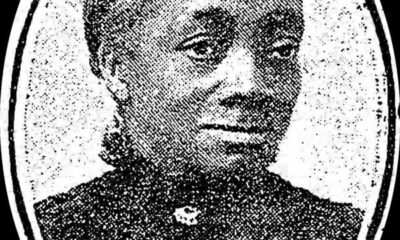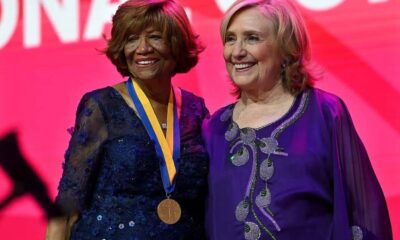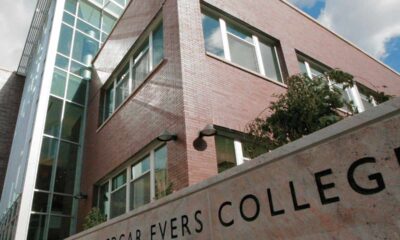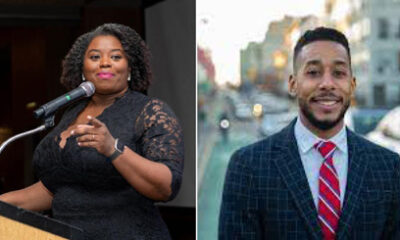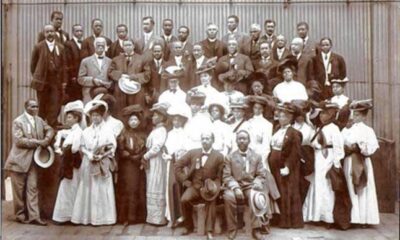Black History
In Faith, She Made Up Her Mind
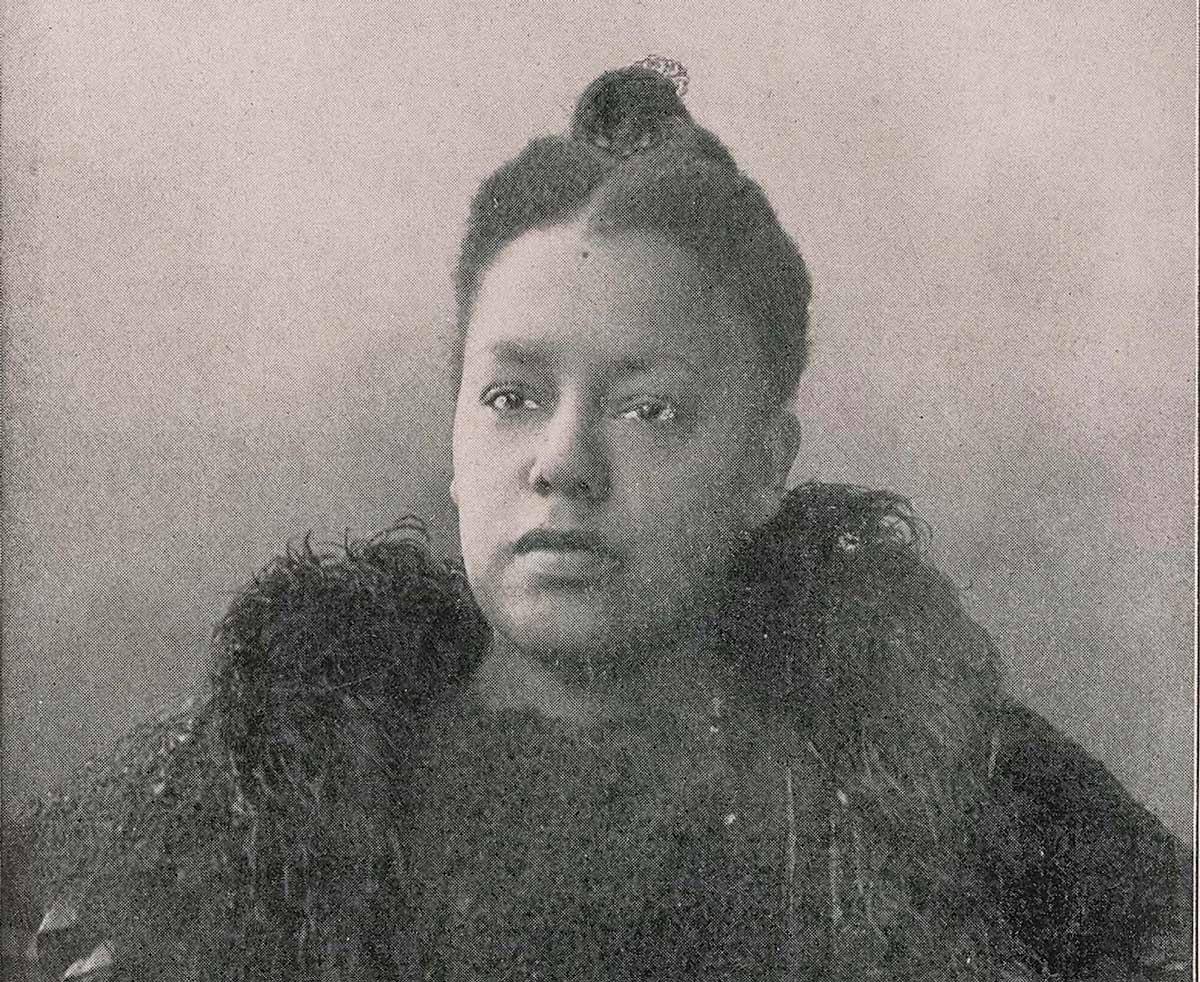
Alice W. Wiley Seay
by The Rev. Dr. Emma Jordan-Simpson
(Part III of Four)
by Rev. Dr. Emma Simpson-Jordan
On April 11, 1914, journalist N. Barnett Dodson described the ‘human rights’ meeting held at the Concord Baptist Church of Christ on Tuesday evening, March 31, 1914, to be the “largest and most enthusiastic meeting ever held in this city in the interest of the National Association for the Advancement of Colored People” (NAACP).
Chaired by Alice W. Wiley Seay, the speakers advancing a “New Abolition Movement” included the Honorable Moses E. Clapp, United States Senator from Minnesota, and Dr. W. E. B. DuBois, editor of the Crisis Magazine.
To convey the sense of the meeting’s importance, Dodson noted that the Rev. Dr. Charles S. Morris of the Bank Street Baptist Church in Norfolk, Virginia, who was on a visit to Philadelphia, heard about the meeting and immediately changed his plans to get to Brooklyn.
Speaker after speaker arose to call for an end to racial discrimination and mob violence, and to advance suffrage for Black people. Senator Clapp noted the opposition to Negroes in America fifty years after emancipation specifically targeted their progress and development.
White racial resentment had calcified into institutionalized racism.
Dr. DuBois declared the aims of the movement were not revolutionary because the NAACP was not seeking to make America something it did not claim to be.
On the contrary, because white supremacy was wresting power from citizens and concentrating it into “the hands of a few,” the NAACP aimed to make America be America, a true democracy, for all people.
The organizing genius behind this meeting was Mrs. Alice W. Wiley Seay (1858-1937), a woman whose name remains unfamiliar to many, but whose story is being rediscovered by scholars as they examine the roles of Black women in the suffrage movement.
Alice was deeply connected to women’s groups across New York.
The Brooklyn NAACP benefited from her ability to organize women across race around the causes of her time – namely lynching and enfranchisement. She was known throughout the Eastern region as a compelling speaker.
Founder of the Empire State Federation of Women’s Clubs (the Federation) and the President of the Northeastern Federation of Women’s Clubs (NEFWC), Alice was trained in her church to lead on the human rights battlefield.
In 1901, Pastor William T. Dixon sent Alice as a delegate to the NEFWC, which was founded in 1896 by Mary H. Dickerson to address the “assault on the character of Black women.” She became its Vice President in 1903 and was eventually elected its President in 1905.
She was president of Concord’s Dorcas Home Missionary Society, which by 1911 was known as the leading women’s club numerically among colored women in Brooklyn because their care extended well beyond the church to include all who were in need.
She was active with the Concord Literary Circle (the first group to host Ida B. Wells when she fled Memphis, TN), and was the chair of the Concord Board of Deaconesses.
When Harriet Tubman was facing her last days, Alice organized the Federation in 1908 to rally women across the state to ensure ease and comfort for Tubman and to mentor and improve the lives of women and girls. In 1912, the women and girls of the Federation raised $142.00 ($4,572.28 in today’s dollars) for Tubman’s care.
They also mobilized thousands of women in some 28 clubs across the state to work for racial uplift, education, community care, and eventually, the right to vote.
Under Alice’s leadership, three thousand women attended the Federation’s 1910 annual meeting held at Concord. The Brooklyn Daily Eagle noted that the funds were given to “Harriet Tubman, commonly called the Moses of her race for having safely guided hundreds to safety before the civil war.
She is now very old and for some time has been ailing and the colored women decided that her last days should be as comfortable as possible for them to make it.”
Much has been accomplished in history because “the colored women decided” it was worth doing.
We gain important insight into their ability to make great strides for racial uplift against all odds when we understand that they were living out their discipleship. It did not matter if others said something could not be done because, as Alice said, “I made up my mind to spend and be spent, to wear out and not rust out, for the cause of Christ, the good of humanity and my race in particular.”


